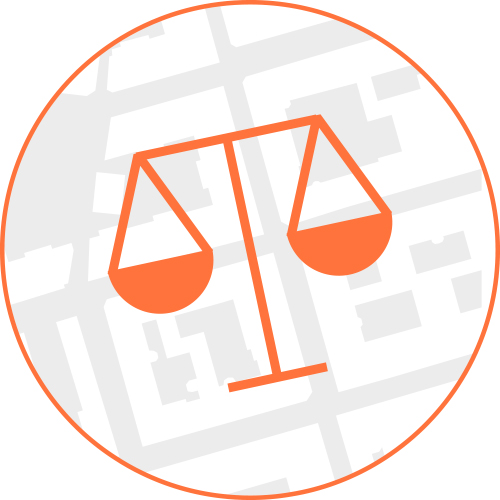About
Looking at the past, we see that transport innovations were key to shaping urban form and lifestyle. Their consequences were always pervasive and unforeseen – the bigger the time frame considered. We have to look at connected and automated transport today in order to understand the effects on major urban development goals.
Our project has come to an end and this site is no longer updated.
Please have a look at our books on planning/policy aspects and on the possible effects of CAV´s . If you wish to reach out, just contact us.
Our project has come to an end and this site is no longer updated.
Please have a look at our books on planning/policy aspects and on the possible effects of CAV´s . If you wish to reach out, just contact us.
Research
We are collecting debates that are usually separated by disciplinary boarders, to understand the evolving landscape of sociotechnical change. We scrutinize the past and put emphasis on the contextual particularities of cities and regions, because we know that their stories are both connected and distinct.
Aim
We examine possible spatial, social and transport related effects of connected and automated mobility and develop scenarios to better understand how this technology can contribute to major urban development goals, how it might undermine them and how it could affect rural areas.
Avenue21
AVENUE21 is an interdisciplinary research project funded by the Daimler & Benz Foundation and located at TU Wien´s future.lab-research center. Our team includes researchers from architecture, architectural theory, urban design, regional planning, sociology and mobility studies.
Cities
Context in Europe
Cities are complex and curious things: what may flourish in one place could perish in another. Thus, trying to understand how automated vehicles could contribute to and not undermine current urban development goals, we put emphasis on what is already there. We study the different typologies, governmental settings, mobility cultures and transport systems.
Context worldwide
We spotlight five selected pioneering regions to understand how governments and planning communities around the globe approach the transition towards automated transport. What are the aims pursued? What is the image of future mobility communicated? Who is participating in the process?
Bay Area
Southeast England
Gothenburg
Singapore
Tokyo Metropolis

TOPICS
FIELDS OF OUR RESEARCH
We identified three major urban development goals that have to be considered in order to examine the effect relationships in the shift of the current socio-technical regime towards an automated mobile society. Together, these work as a major paradigm for what a city should be like.

Sustainable Development
Infrastructure that we build today affects the way we plan, perceive & use cities for decades to come. In times of declining resources and climate change, sustainability in all its interpretations is a crucial topic in talking about implementing new technologies. What can the role of vehicle automation be in planning sustainable cities?

Social Inclusion
Cities are heterogenous melting pots, where different worldviews, styles and cultures collide and connect in order to form the beautiful chaos we call city. New Technology changes these interactions and causes new social realities in cities. How to embrace driverless technology in order to ensure a provision of social urban networks?

Liveable Urban Space
The inflicted decline of living quality in cities through industrialisation was in consequence followed by a shift towards the question of liveability in urban spaces. The research and the movements, that thus were formed, still affect planning today. How to approach the impacts of driverless technology without repeating the mistakes of the past?

Economic Stability
Technological progress is always accompanied by economic turbulences and historically had severe impacts on society and governments. Our cities economies are expected to change significantly in the dawning change in transport, production and lifestyles. How can cities be economically stable heading to a new age of digitalisation and automatisation?
News




